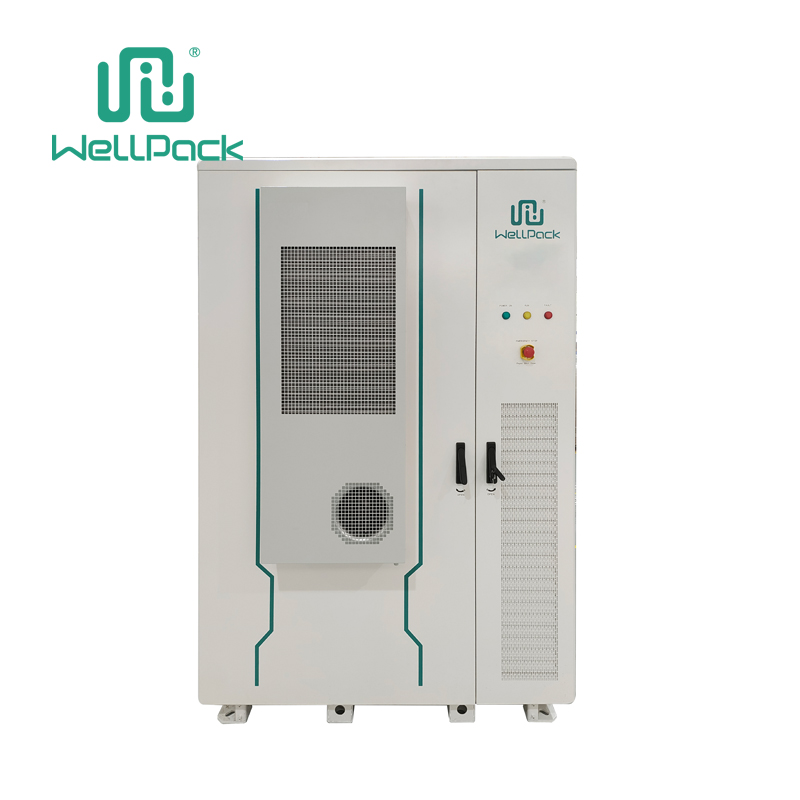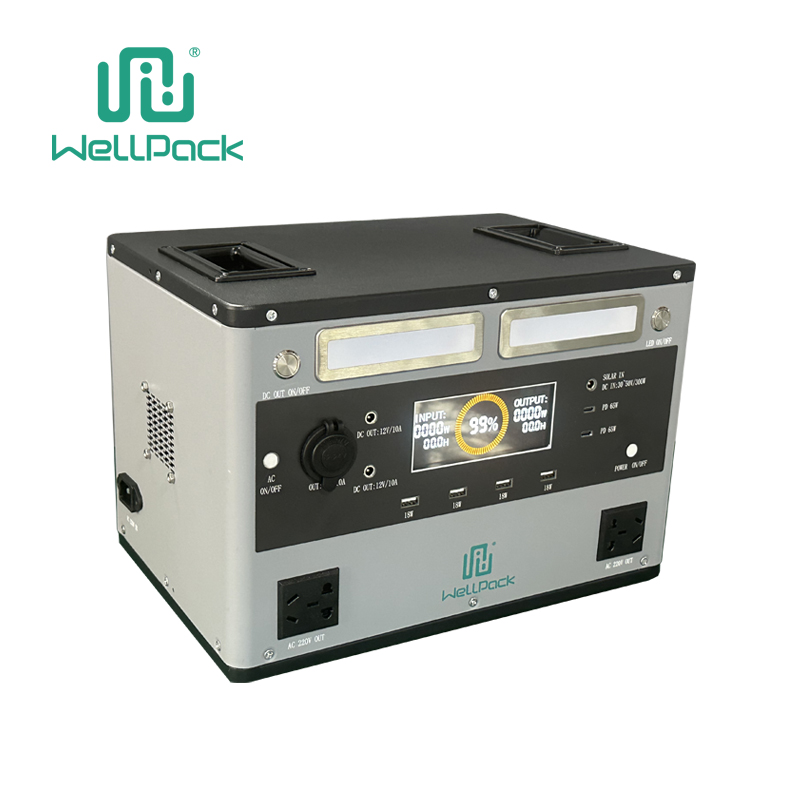Industrial and commercial energy storage is a typical application of distributed energy storage system in the user side. Its feature is that it is close to the distributed photovoltaic power source and the load center, which can not only effectively improve the consumption rate of clean energy, but also effectively reduce the loss of electric energy transmission, and help realize the goal of "carbon peaking and carbon neutrality".
01 The structure of Industrial and commercial energy storage system
Industrial and commercial energy storage systems are different from large-scale energy storage peak-frequency regulating power stations. Their main purpose is to realize investment returns by using the peak-valley difference of the power grid. The main load is to meet the internal power demand of industrial and commercial industries, to maximize the self-use of photovoltaic power generation, or to arbitrage the peak-valley price difference.
Industrial and commercial energy storage systems and energy storage power station systems include battery system +BMS, PCS, EMS, transformers, racks, connecting cables, busbar cabinets, lightning protection and grounding systems, monitoring and alarm systems, etc. The systems are modular design, system voltage, capacity flexible configuration.
02 The business model of Industrial and commercial energy storage
The profit model of industrial and commercial energy storage is peak-valley arbitrage, that is, low electricity price is used to charge at the low point of electricity consumption, and discharge at the peak of electricity consumption to industrial and commercial users. Users can save electricity cost and avoid the risk of power cut-off.
With the improvement of time-of-use electricity price, the peak-valley price difference is widening, and the economy of industrial and commercial energy storage is significantly improved. At present, there are mainly two business models for the operation of industrial and commercial energy storage in China. Firstly, industrial and commercial users can install energy storage equipment by themselves, which can directly reduce the electricity cost, but users need to bear the initial investment cost and annual equipment maintenance cost.
The other is that energy service enterprises assist users to install energy storage. Energy service enterprises invest in the construction of energy storage assets and are responsible for their operation and maintenance. Industrial and commercial users pay electricity costs to energy service enterprises.
At the same time, user-side energy storage has been expanded in multiple scenarios, including charging and changing power stations, data centers, 5G base stations, ports and ports power, and power changing heavy trucks.
03 Current status of industrial and commercial energy storage
The Industrial and commercial energy storage market includes photovoltaic commercial and non-photovoltaic commercial scenarios.
For commercial and large industrial users, the photovoltaic + energy storage mode can also be used for self-generated electricity. Since the peak electricity consumption is consistent with the peak time of photovoltaic power generation, the proportion of industrial and commercial distributed photovoltaic self-use is relatively high, and the capacity of energy storage system and photovoltaic power are mostly 1:1.
For commercial buildings, hospitals, schools and other scenarios that are not suitable for large-scale photovoltaic self-power installation, energy storage systems can be installed to achieve the purpose of peak cutting and valley filling and capacity electricity price reduction.
According to BNEF's statistics, the average cost of a 4-hour energy storage system will drop to $332 /kWh in 2020, while the average cost of a 1-hour energy storage system will be $364 /kWh. The cost reduction of energy storage batteries, system design optimization, and system charging and discharging time standardization will continue to drive down the price of energy storage systems. Promote the permeability of industrial and commercial optical storage facilities.










